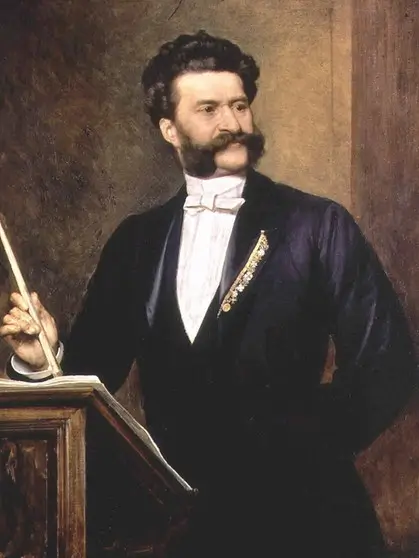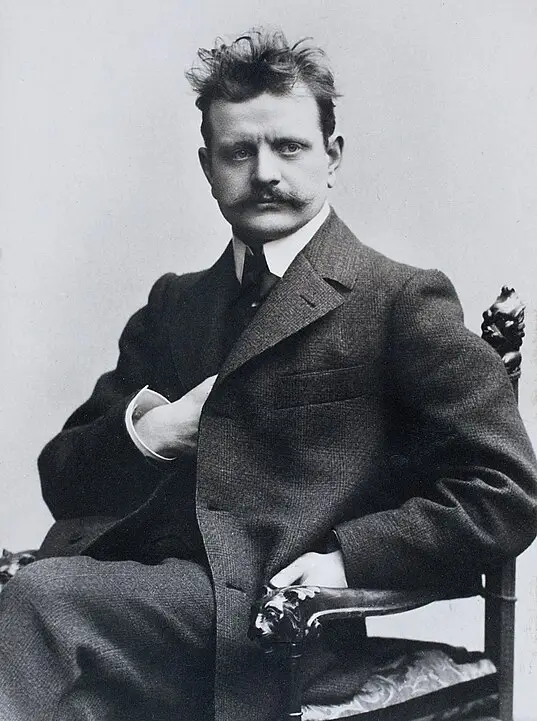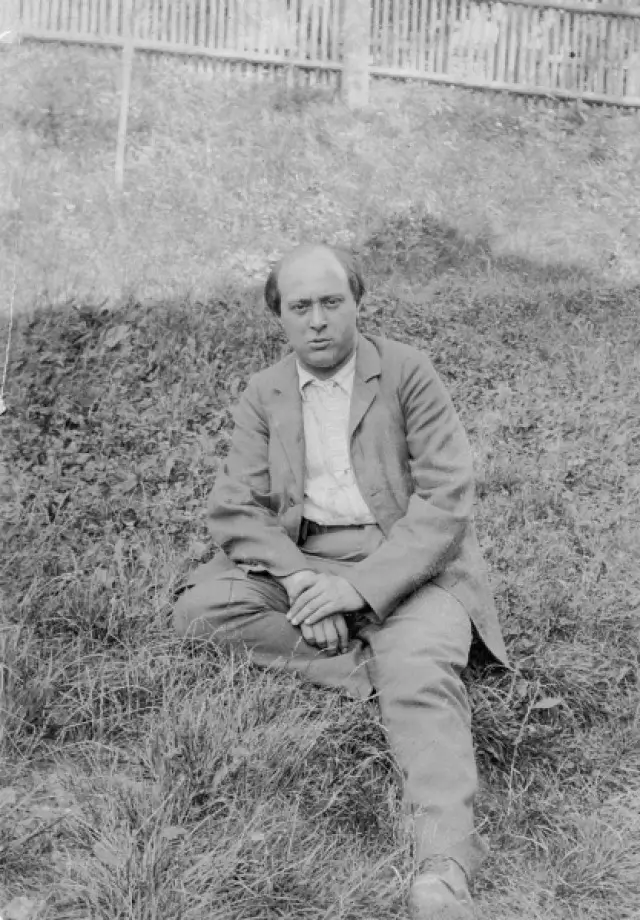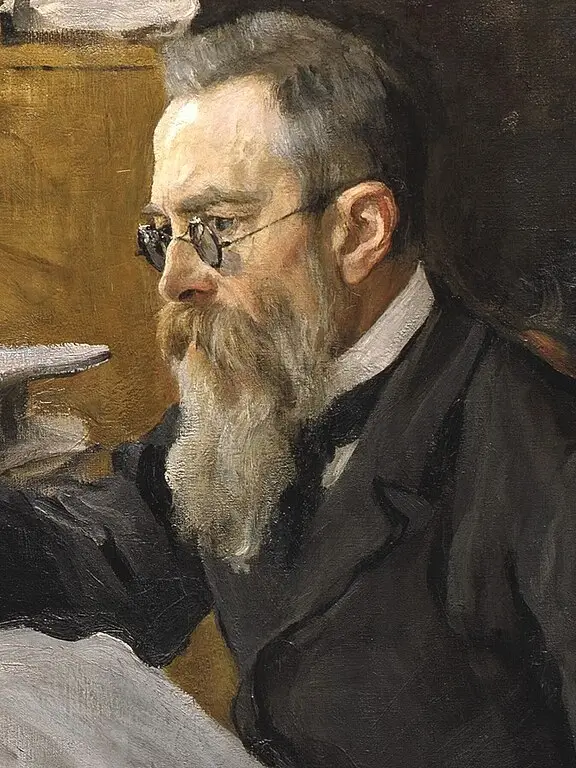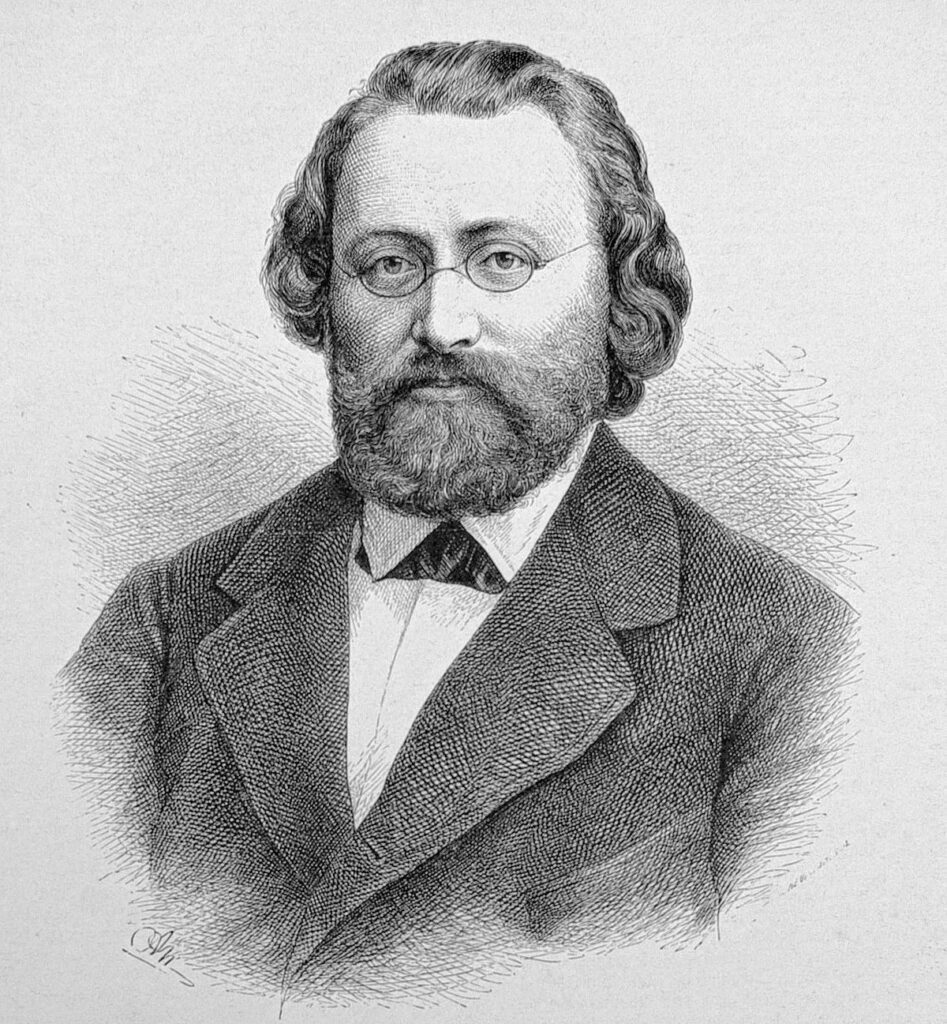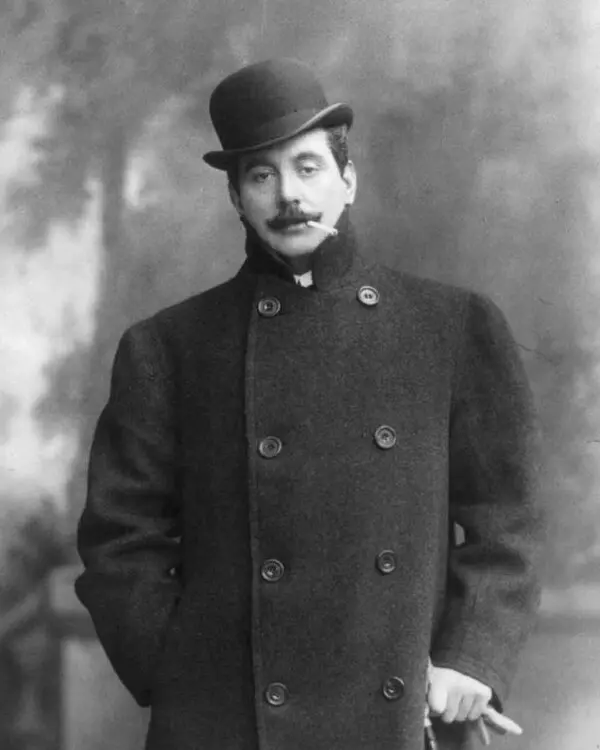Introduction
Johann Strauss II, often referred to as Johann Strauss the Younger, or the “Waltz King,” was an Austrian composer of light music, particularly dance music and operettas. Born in Vienna in 1825, he became one of the most popular musicians of the 19th century, following in the footsteps of his father, Johann Strauss I, who was also a famous composer. His work is celebrated for its vivacity, the beauty of its melodies, and its rhythmic charm. As a symbol of the golden age of Viennese waltz, Strauss helped to propel the waltz’s popularity across Europe and beyond, leaving a profound impact on the popular music of his time.
Early Life
Johann Baptist Strauss was born on October 25, 1825, in St. Ulrich, a suburb of Vienna (now part of Neubau), to Johann Strauss I and Maria Anna Streim. His father was a well-known composer and conductor, famous for his waltzes, which had made the Strauss family name synonymous with Viennese dance music. Despite his father’s musical legacy, young Strauss was discouraged from pursuing a career in music, as his father wished for him to become a banker. However, his mother quietly supported his musical interests, arranging for him to study violin and composition in secret.
Musical Training and Development
Under the tutelage of various local musicians including the choirmaster Joseph Drechsler, Strauss learned the basics of composition and theory. He studied the violin secretly against his father’s wishes, showing early signs of extraordinary musical talent. By the age of 19, Strauss was ready to challenge his father’s dominance in the field of dance music. He formed his own orchestra and began writing his own compositions, which quickly gained popularity. His early works showed a remarkable understanding of the nuances of orchestration and an innate sense for catchy melodies.
Major Works and Compositions
Johann Strauss II composed over 500 waltzes, polkas, quadrilles, and other types of dance music, as well as several operettas and a ballet. Among his most famous works are “The Blue Danube,” “Tales from the Vienna Woods,” and “The Emperor Waltz.” These pieces not only exemplify Strauss’s melodic genius but also his ability to capture the whimsical and celebratory qualities of Viennese culture. His operettas, including “Die Fledermaus” and “The Gypsy Baron,” are celebrated for their light-hearted plots and memorable tunes.
Connections to Other Composers
Strauss was contemporaneous with many other great composers of the day, such as Johannes Brahms and Richard Wagner. While he maintained a friendly relationship with Brahms, who admired his waltzes, Strauss’s relationship with Wagner was more complex, given Wagner’s critical stance on the value of popular music. Despite their differences, Strauss admired Wagner’s orchestration and dramatic sense, which influenced some of his operettas.
Character and Philosophy
Johann Strauss II was known for his charming personality and his dedication to music. He believed that music should be enjoyable and accessible, a philosophy that was reflected in his light and often humorous compositions. He once said, “I am the musical servant of the public, and I have never forgotten that,” which encapsulates his approach to composition and performance. His music was a celebration of life and joy, often providing a much-needed escape for people during times of political and social upheaval.
Life in Vienna
Vienna during Strauss’s lifetime was a hub of artistic and intellectual activity. The city was undergoing significant transformation, blossoming into a cultural capital. Strauss’s music became synonymous with the Viennese balls, where the elite of society would gather to dance to his compositions. His orchestra was in high demand, playing not only in Vienna but also across Europe and America. Strauss’s success is a testament to the vibrancy of Viennese musical culture during the 19th century.
Death and Legacy
Johann Strauss II passed away on June 3, 1899, in Vienna. His death marked the end of an era in Viennese music but his legacy continued to thrive. Today, Strauss’s music is still performed regularly, his works are a staple in the repertoire of many classical music ensembles, and his influence can be seen in the works of many later composers. The annual Vienna New Year’s Concert, performed by the Vienna Philharmonic, always includes a selection of Strauss’s work, ensuring that his contributions to the world of music are never forgotten.
Johann Strauss II’s life and work were a testament to the power of melody and the universal appeal of good dance music. His enduring popularity underscores not only his mastery of the waltz and other dance forms but also his ability to touch the hearts of listeners around the world.

